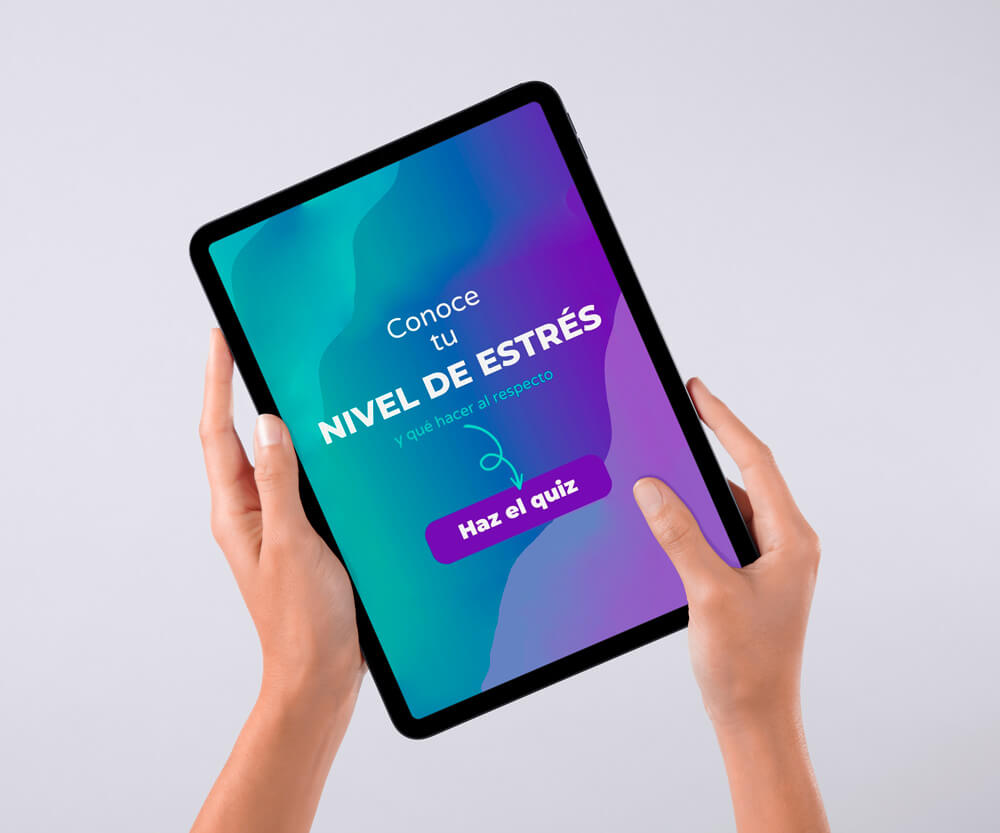[vc_row][vc_column][vc_column_text]When organising an event, invitations are an important part. The details to indicate on the invitation, how long in advance to send it and whether to send reminders will depend on the type of event. As well, we will need to calibrate the level of formality of the invitations and the contact with the invited if we want them to take our event into account.
The guest list
Depending on the type of event we may differentiate:
- a closed guest list, that is we will only invite the people we determine.
- an open list, i.e. we will announce the event amongst known and unknow people for them to register. That means we will need to decide the target audience in order to configure the publicity campaign appropriately. Also, we should think about our contacts who could be interested and may help us promote the event.
- a mixed list, where we invite certain key people but also invite our contacts to share the announcement with others as well as publicise the event.
When elaborating the guest list and invitations we will need to consider the protocol required by the type of event. In case of inviting a public person, find out where to send the invitation, do so sufficiently in advance and ensure the correct treatment.
Depending on the importance of a certain public person’s attendance to the event, you might want to schedule the date in accordance with their agenda. In case of inviting a public person I recommend you send a personalised invitation presenting the company inviting and explaining the event.
An important part when organising an #event is preparing the #guestlist or defining the #targetaudience. #Eventplanning Share on X

The “Save the dateâ€
I recommend sending a “save the date†ahead of time to all guests, excepting the public person receiving a personalised invitation. In case of an open guest list, this would be the first announcement to publicise.
Take into account that people have many commitments on their agenda. So do not wait to completely define the programme and confirm all speakers. Time may go by, the event date approach and when you finally send the invitation your guests already have other plans. If you send a “save the date†sufficiently in advance, you will increase the chance of those interested noting it in their agenda.
The “save the date†should contain:
- An appealing and eye-catching design in line with the event image.
- The date well visible as well as the event format, that is whether it will be in the morning, afternoon, evening, approximate duration or even the schedule if it is set already.
- The title of the event, course or activity also in a eye-catching and attractive way.
- The location. Even if the exact location is not confirmed, indicate at least the town. This will be essential in case of an open announcement.
- Price, if applicable. In this case, you might have a pre-inscription offer.
- If you want the event to be shared, indicate it.
- Optionally other details already confirmed which can make the invitation more appealing or might be useful. This could be speakers confirmed or a tentative programme.
When #event date and title are confirmed, send a #savethedate so that those interested may note it in their #agenda. #Eventplanning Share on X

The invitation
Once you have organised the location, programme and speakers you can send the invitation. In addition to a neat design, make sure that the invitation contains all indispensable details. That will avoid unnecessary questions. At least, depending on the type of event, the details should be:
- Attractive and neat design in line with the event image and resembling the “save-the-date†so the guests will associate it.
- Date
- Start time
- End time
- Place (location, address, room, access door). It can be helpful to enclose a map or the link to one.
- Title of the event, conference, congress, talk, activity etc.
- Programme (more or less detailed depending on the type of event)
- Price, if applicable
- Deadline to confirm attendance or sign up
- Whether the invitation is personal and non-transferable or you appreciate it to be forwarded to more people.
- Dress code (if necessary)
As well as paying attention to the design of an #event #invitation, include all necessary details to avoid doubts. #Eventplanning Share on X
The reminder
Depending on the type of event and whether the guest list is closed or open, because you are announcing a conference or course for example, it is advisable to send one or more reminders.
One week before the event, if you have not reached complete capacity or many people invited have not replied, it can be a good idea to send a nice reminder indicating the final deadline for reply. In case of an open announcement the deadline can be shorter and you could communicate something like “last available placesâ€.
After sending the #invitation and when the #deadline for #confirmation or #register approaches, sending a #reminder can be helpful. #Eventplanning Share on X
Follow-up
Depending on the type of event and guests, you might want to directly call some of the people invited whose attendance is of special interest. This might be some public person or executive you need to attend; in order to add more value to the event, or because they will receive an award or for whatever other reason.
Follow-up is also important in order to control the number of attendants. It is not the same to order catering for 100 people than for 150. Neither will you want to book a room for 200 people and have only 50 show up.

Thank-you note
A good way of making a great impression after an event is to send a thank-you note appreciating the attendance. As well as making the guest feel important it is a good excuse to keep in touch.
A #ThankYou for the #attendance to an #event is a way of making the #guest feel important as well as keeping in touch. #Eventplanning Share on X
Recap
When inviting to an event we need to take care of a neat and appealing design of the different invitation pieces. As well, we will need to configure the guest list or, in case of an open list, the target guest profile. Thereafter we will follow the steps of “save-the-dateâ€, invitation, reminder and follow up to ensure reaching the event capacity. If appropriate, we will also send thank-you notes after the event.
Sharing is caring!




